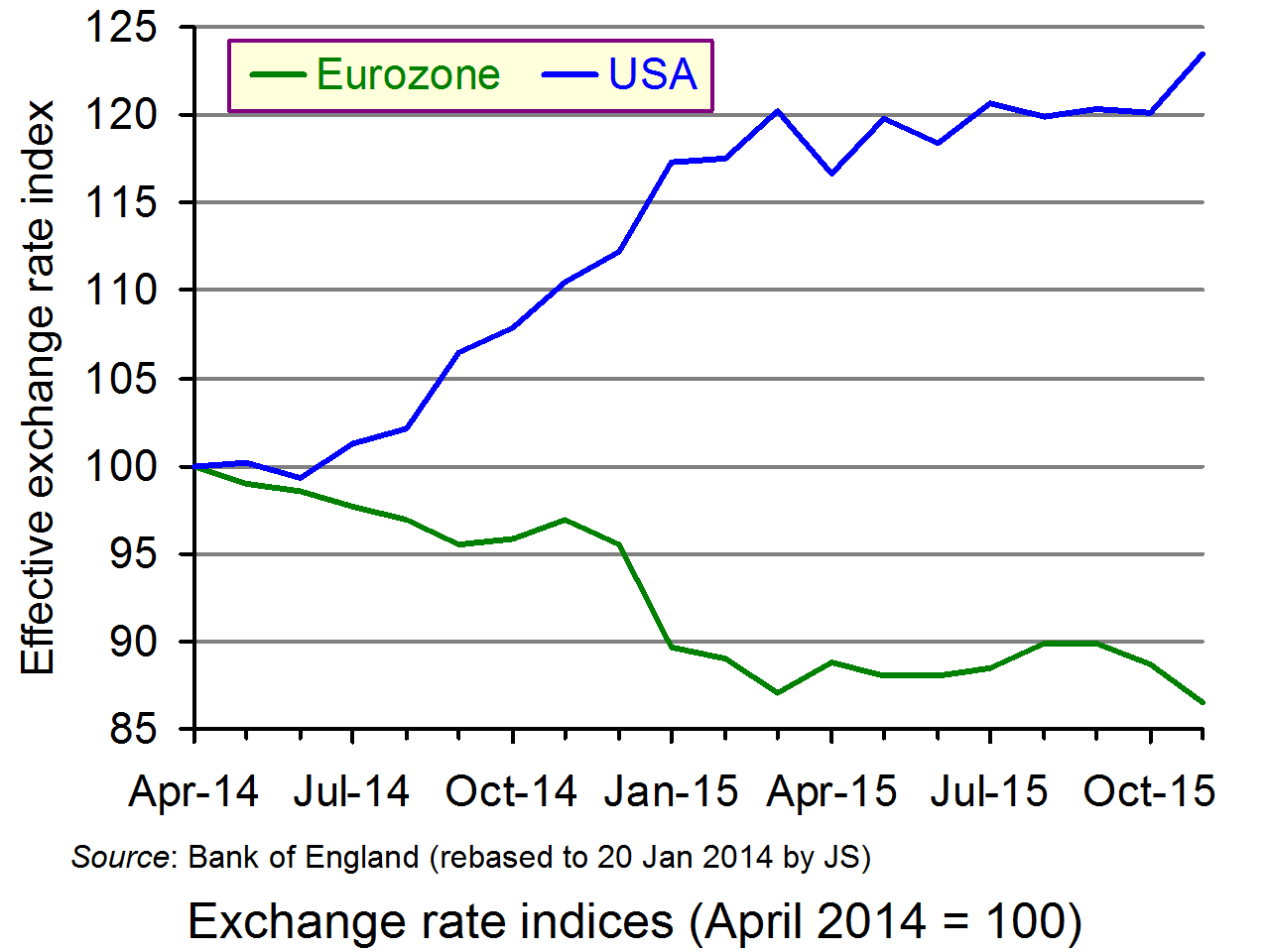Coastal Erosion And Flooding: The Impact Of Rising Sea Levels

Table of Contents
The Science Behind Rising Sea Levels
Rising sea levels are a direct consequence of global warming, primarily driven by human activities. The primary mechanisms are thermal expansion – as ocean water warms, it expands in volume – and the melting of glaciers and ice sheets.
- Greenhouse gas emissions and climate change: The burning of fossil fuels releases greenhouse gases, trapping heat in the atmosphere and causing global temperatures to rise. This is the primary driver of ocean warming and ice melt.
- Ocean warming: Warmer ocean waters expand, contributing significantly to sea level rise. Data shows a clear correlation between rising global temperatures and increasing ocean volume.
- Melting polar ice caps and glaciers: The melting of ice sheets in Greenland and Antarctica, and glaciers worldwide, adds vast amounts of water to the oceans. Recent studies indicate an alarming rate of ice mass loss.
- Changes in land ice: Changes in the mass balance of land ice, including glaciers and ice sheets, are a significant contributor to rising sea levels. The rate of this loss is accelerating.
The global average sea level is rising at an alarming rate, with some regions experiencing significantly faster increases. For instance, the rate of sea level rise along the US East Coast is notably higher than the global average, putting coastal communities at increased risk.
Impacts of Coastal Erosion
Coastal erosion, the gradual wearing away of land by the sea, is exacerbated by rising sea levels and intensified storm activity. This process takes several forms:
- Cliff erosion: The undercutting of cliffs by waves, leading to collapses and land loss.
- Beach erosion: The removal of sand and sediment from beaches, reducing their protective buffer against storms and threatening coastal infrastructure.
- Coastal squeeze: The reduction of coastal habitats due to rising sea levels and erosion, forcing ecosystems to migrate inland and often leading to habitat loss.
The consequences of coastal erosion are far-reaching:
- Loss of coastal habitats and ecosystems: Wetlands, salt marshes, mangroves – vital ecosystems providing crucial habitat and coastal protection – are severely impacted by erosion. This loss affects biodiversity and essential ecosystem services.
- Damage to infrastructure: Roads, buildings, and other infrastructure located near the coast are vulnerable to erosion and flooding, leading to significant economic losses and disruption.
- Displacement of coastal communities: Erosion and flooding force people to leave their homes, leading to displacement and social disruption. This is particularly true for low-lying island nations and coastal communities in developing countries.
- Increased vulnerability to storms and flooding: Eroded coastlines offer less protection against storm surges and high tides, increasing the risk and severity of coastal flooding.
Coastal Erosion Management Strategies
Effective management of coastal erosion requires a multi-pronged approach incorporating both hard and soft engineering solutions:
- Beach nourishment and dune restoration: Replenishing beaches with sand and restoring dunes provides a natural buffer against erosion and storm surges. This approach is environmentally friendly, but requires ongoing maintenance.
- Seawalls and other hard engineering solutions: These structures offer immediate protection, but they can have negative environmental impacts, such as increased erosion in adjacent areas and disruption of natural processes.
- Managed retreat (relocating communities): In areas where the cost of protection is too high or the risk is too great, relocating communities away from the eroding coastline might be the most effective long-term solution. This is a difficult and complex process, requiring careful planning and community engagement.
- Nature-based solutions: Restoration of natural coastal defenses, such as mangroves and salt marshes, offers environmentally sustainable and cost-effective protection against erosion and flooding. These ecosystems act as natural buffers and enhance biodiversity.
The selection of the most appropriate strategy depends on the specific location, environmental conditions, and societal considerations. A cost-benefit analysis, factoring in environmental impact, is crucial for responsible decision-making.
The Threat of Coastal Flooding
Coastal flooding, the inundation of coastal areas by seawater, is driven by several factors:
- Storm surges: These are temporary rises in sea level caused by strong winds pushing water towards the coast. Rising sea levels exacerbate the impact of storm surges.
- High tides: High tides, combined with sea level rise, can lead to more frequent and severe flooding.
- Sea level rise: The steady increase in global sea level increases the likelihood and severity of coastal flooding, even without extreme weather events.
The consequences of increased coastal flooding are devastating:
- Damage to property and infrastructure: Flooding causes extensive damage to homes, businesses, and critical infrastructure, leading to significant economic losses.
- Disruption of transportation and communication networks: Flooded roads, bridges, and communication lines disrupt daily life and hinder emergency response efforts.
- Loss of life: Coastal flooding can be deadly, with fatalities caused by drowning, injuries, and the aftermath of the flooding.
- Economic losses: The economic impact of coastal flooding includes property damage, business disruption, and the cost of recovery and rebuilding.
- Public health concerns: Floodwaters can be contaminated with sewage and other pollutants, leading to waterborne diseases and health problems.
Flood Mitigation and Preparedness
Reducing the impact of coastal flooding requires a comprehensive approach:
- Improved flood warning systems: Early warning systems allow coastal communities to prepare and evacuate before a flood occurs, minimizing casualties and damage.
- Construction of flood defenses: Levees, seawalls, and other flood defenses can reduce the impact of flooding, although these structures can be expensive and have environmental consequences.
- Building codes and regulations for coastal areas: Strict building codes ensure that new constructions are resilient to flooding and erosion, minimizing future damage.
- Community-based disaster preparedness plans: Well-planned community initiatives are crucial for effective emergency response and recovery. This involves community education, evacuation plans, and volunteer networks.
- Insurance and financial support for flood victims: Insurance and government support programs can help communities recover from the financial losses caused by flooding.
Community engagement and education are vital for successful flood preparedness. Involving local communities in planning and implementation enhances the effectiveness of mitigation efforts and strengthens community resilience.
Conclusion
The combined threats of coastal erosion and flooding, driven by rising sea levels, pose a significant and growing challenge to coastal communities worldwide. Understanding the scientific basis of these threats and implementing comprehensive mitigation and adaptation strategies are crucial for protecting lives, infrastructure, and invaluable coastal ecosystems. We must act urgently to reduce greenhouse gas emissions, invest in resilient infrastructure, and empower coastal communities with the knowledge and resources they need to adapt to the changing coastal environment. Learn more about coastal erosion and flooding, support sustainable practices, advocate for climate action, and help build a more resilient future for our coastlines. Together, we can protect our precious coastal areas from the escalating threats of coastal erosion and flooding.

Featured Posts
-
 Makron I Tusk Oboronnoe Soglashenie 9 Maya Detali I Posledstviya Dlya Ukrainy
May 10, 2025
Makron I Tusk Oboronnoe Soglashenie 9 Maya Detali I Posledstviya Dlya Ukrainy
May 10, 2025 -
 Fed Policy Divergence Understanding The Delay In Rate Cuts
May 10, 2025
Fed Policy Divergence Understanding The Delay In Rate Cuts
May 10, 2025 -
 Kraujingos Plintos Nuotraukos Dakota Johnson Ir Skandalas
May 10, 2025
Kraujingos Plintos Nuotraukos Dakota Johnson Ir Skandalas
May 10, 2025 -
 Go Compare Ad Campaign Wynne Evans Removed After Mail On Sunday Report
May 10, 2025
Go Compare Ad Campaign Wynne Evans Removed After Mail On Sunday Report
May 10, 2025 -
 Elizabeth City Law Enforcement Investigating Recent Vehicle Break Ins
May 10, 2025
Elizabeth City Law Enforcement Investigating Recent Vehicle Break Ins
May 10, 2025
